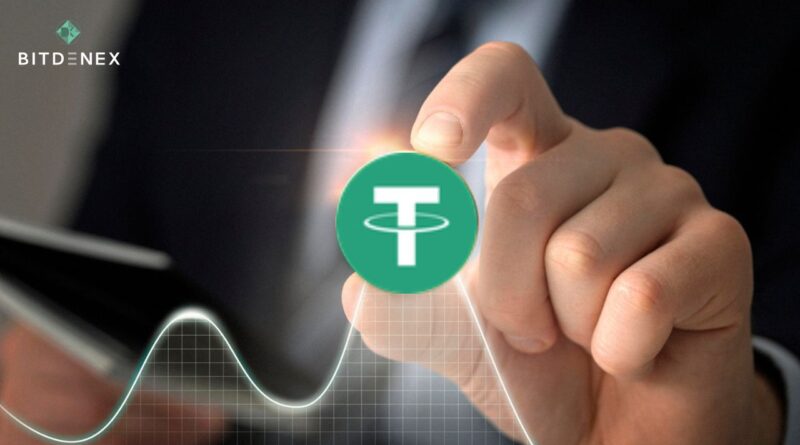Tether stablecoin USDT will be available on the Celo blockchain soon.
Tether has formed a partnership with Celo to enable “sub-cent transaction fees” for USDT and permit realistic microtransactions. Tether, a major stablecoin operator, is continuing to grow its USDT stablecoin across numerous blockchain networks, including a strategic relationship with the Celo network.
Tether runs on Celo, a layer-1 network that supports Ethereum Virtual Machine (EVM) and is designed for quick and low-cost payments. Tether announced the news to Cointelegraph on March 11, stating that the new integration delivers a range of benefits to USDT, including “notably low, sub-cent transaction fees” of roughly $0.001, enabling viable microtransactions.
According to a source close to Celo, the company has been focused on fast, low-cost payments worldwide since launching in April 2020. According to a spokesperson, Ethereum indirectly shares value with L2s that does not happen with L1s today. “In transitioning to an Ethereum L2, petrol fees would stay low, critical to achieving global prosperity and core to the Celo community mission.” USDT will join several other stable assets offered on the Celo platform, including Mento’s eXOF, which monitors the CFA franc, and the cREAL, which measures the Brazilian real. Celo’s stable asset use cases include remittances, savings, loans, and cross-border payments. “We are thrilled to welcome Tether USDT to the Celo ecosystem, which is rapidly becoming a leader in stablecoins and real-world assets,” Celo co-founder and foundation president Rene Reinsberg stated.
A Tether official declined to disclose when the first batch of USDT will be minted and made available on the Celo blockchain. USDT’s main competitor, Circle’s USD Coin, plans to launch on the Celo network in January 2024. Circle stated that the first USDC was released on Celo on February 22. USDT, situated in Celo, will join Tether’s 14 other supported blockchains, which include Tron, Ethereum, Solana, Avalanche, and Omni. According to Tether Transparency, the two major blockchains for USDT at the time of writing are Tron and Ethereum, which account for 50% and 45% of all issued USDT respectively.
The announcement comes as the cryptocurrency community increasingly complains about exorbitant costs on the Ethereum network, as Ether (ETH) values surpass $4,000. The rising ETH fees have also had an impact on Ethereum-based USDT, as ERC-20 Tether USDT transactions require ETH gas fees to be completed. Despite being an EVM-compatible network, Celo does not rely on Ethereum for network fees, according to a Celo source. “For example, if Ethereum fees go up, it doesn’t mean L2 fees, given certain architectural choices, go up in the same way or at all even,” a source said.
Buy and sell crypto in minutes with 0.20% trading fees at Bitdenex Exchange.

